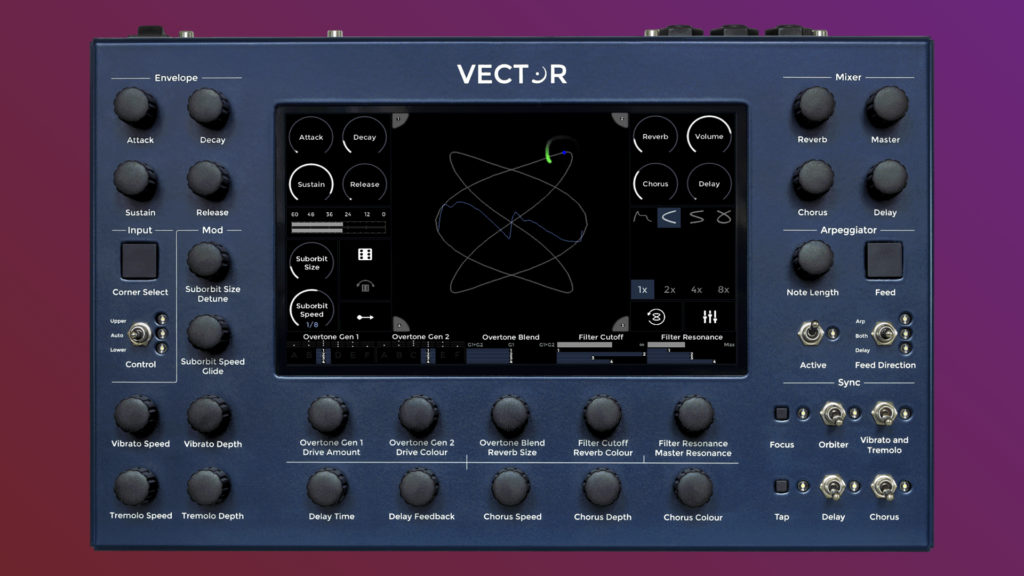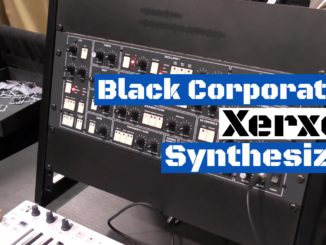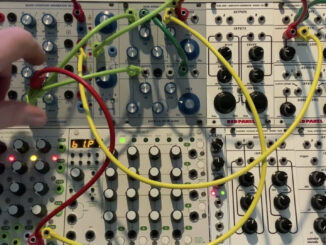Two big updates (2.3 & 2.4) for Vector Synthesizer that expand the feature set and sonically refine the morphing engine.
Compared to wavetable, FM or virtual analog, vector synthesis is rather an unknown form of synthesis. Prominent examples are the Sequiential Circuits Prophet VS (1986), Yamaha SY22/TG33 (1990) or Korg Wavestation (1990). With the introduction of the Wavestate and Vector Synthesizer, it became better known in hardware again. However, it still remains less popular.
Vector is a collaboration between two young developers from Scotland and the Czech Republic. I’ve been working with the synth for a few months, a review will come in 2021. In the last two months of the year there were two major updates for Vector that have significantly expanded the synthesis possibilities.
Vector
The synth is digital and combines elements of several synthesis methods merged into a vector-based operating concept. Like in classic vector synth, users can morph/crossfading here sound sources that are arranged in four corners, A, B, C and D. Thanks to th unique warp and orbit relationship, you can put the mix points in motion and explore different in-between timbres.
The new updates 2.3 (November) & 2.4 (December) brings a lot of new functionalities to the synth. For example, it now comes with audio-rate AM where you can cross modulate the generator 1 and generator 2. Also the command center of the synth, the corner matrix got a major makeover.
Version 2.3 (November 2020)
- added
- another page for preset slots and fifteen new factory presets
- audio-rate AM option, where Generator 1 and Generator 2 are AM cross-modulated
- option to use consecutive PM and AM cross-modulation Blend setup
- new generator pattern: Noisy overtones (generates approximately 1/f noise above the fundamental frequency played)
- filter type thumbnails for slotted filters in the Corner Matrix for better overview
- option to selectively randomize the Corners or the Matrix, or both
- Reworked the Corner Matrix to accommodate the new changes
- Replaced the Arpeggiator Time Walk mode by a much more useful Chain Walk mode
- Step recorder now indicates when it is actually recording and displays the recorded notes count
- Some onboard system presets have been updated to use the new synthesis options plus other tweaks and bugfixes.
At the end of the year there was another update with further improvements
Version 2.4 (December 2020)
- New
- Numeric value now for all knobs
- Reworked Polyphony section in the manual, restructured ordering of chapters
- Increased maximum overall audio output volume
- Fixed synchronization with external MIDI gear
- Octaves in the Arpeggiator Step Grid can now be dragged
- Other bug fixes, tweaks, and quality-of-life improvements as always
The development of Vector is still ongoing. However, one cannot speak of a beta product here. The synth works nicely and you get very harmonic rish sounds out of it. I take a long time for the Vector review, as new features are constantly being added and the engine is being improved with every update. I don’t see any point in reviewing a device that is still so deeply in development. But I’m pretty sure I will publish one in 2021.
Vector Synthesizer 2.3 & 2.4 updates can be downloaded directly from the device. Vector is available now for 23890 CZK (approx 911€/$1113 USD).
More information here: VS





I’ve been playing this from the early edition … and it’s a great little box now … enormous amounts added with V2 with AM & PM … and a great deal of thought and work gone into it.
For me, it’s a really interesting way of producing evolving sounds, and the additive nature of those makes for clean and relatively new stuff … it’s definitely not same-old-same-old for a covers-band or a genre-producer producing “classic” sounds.
Looks great and sounds great, but why isn’t there a joystick on the UI of the Vectorsynth? That would really make the vector concept complete.